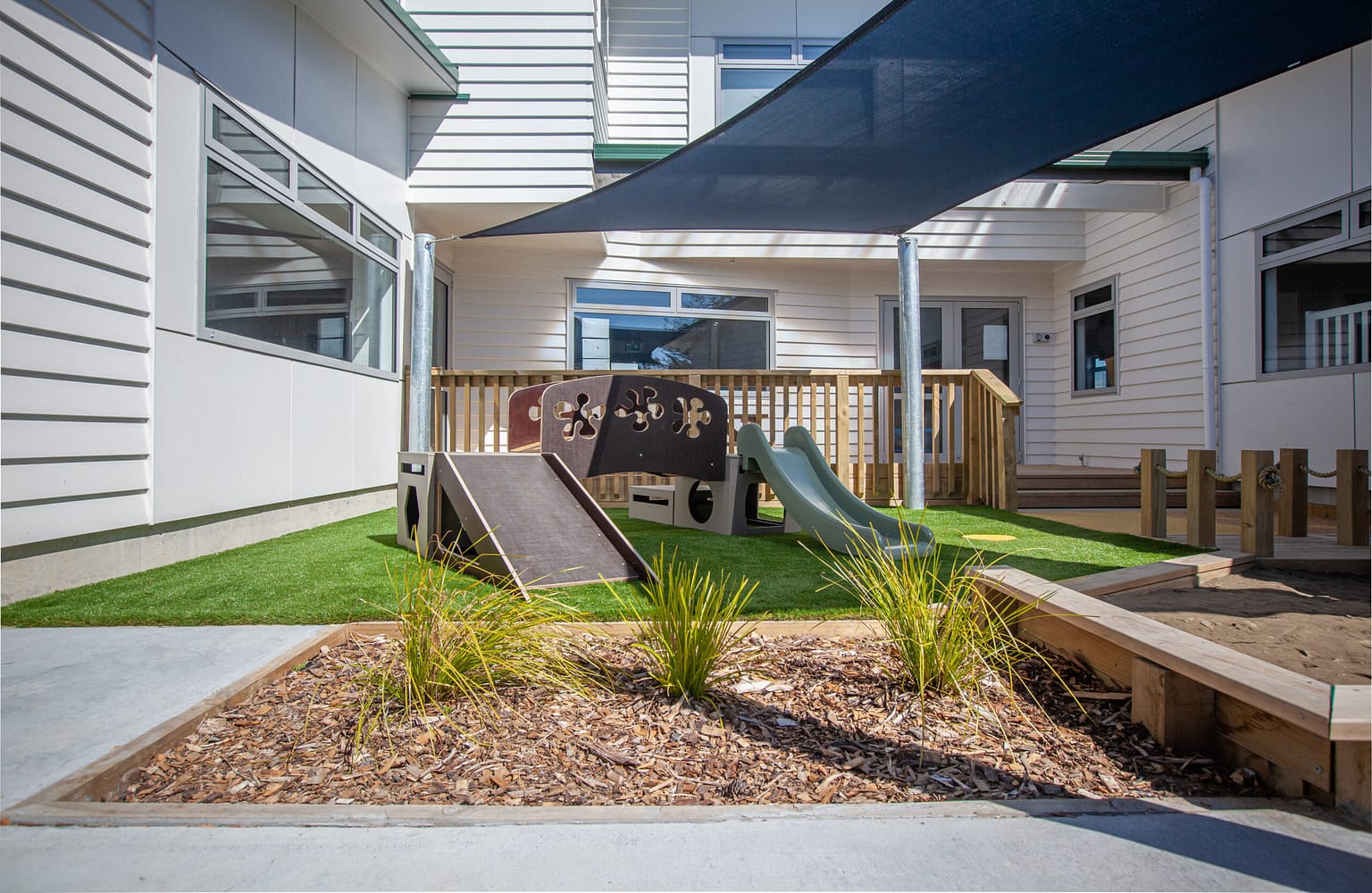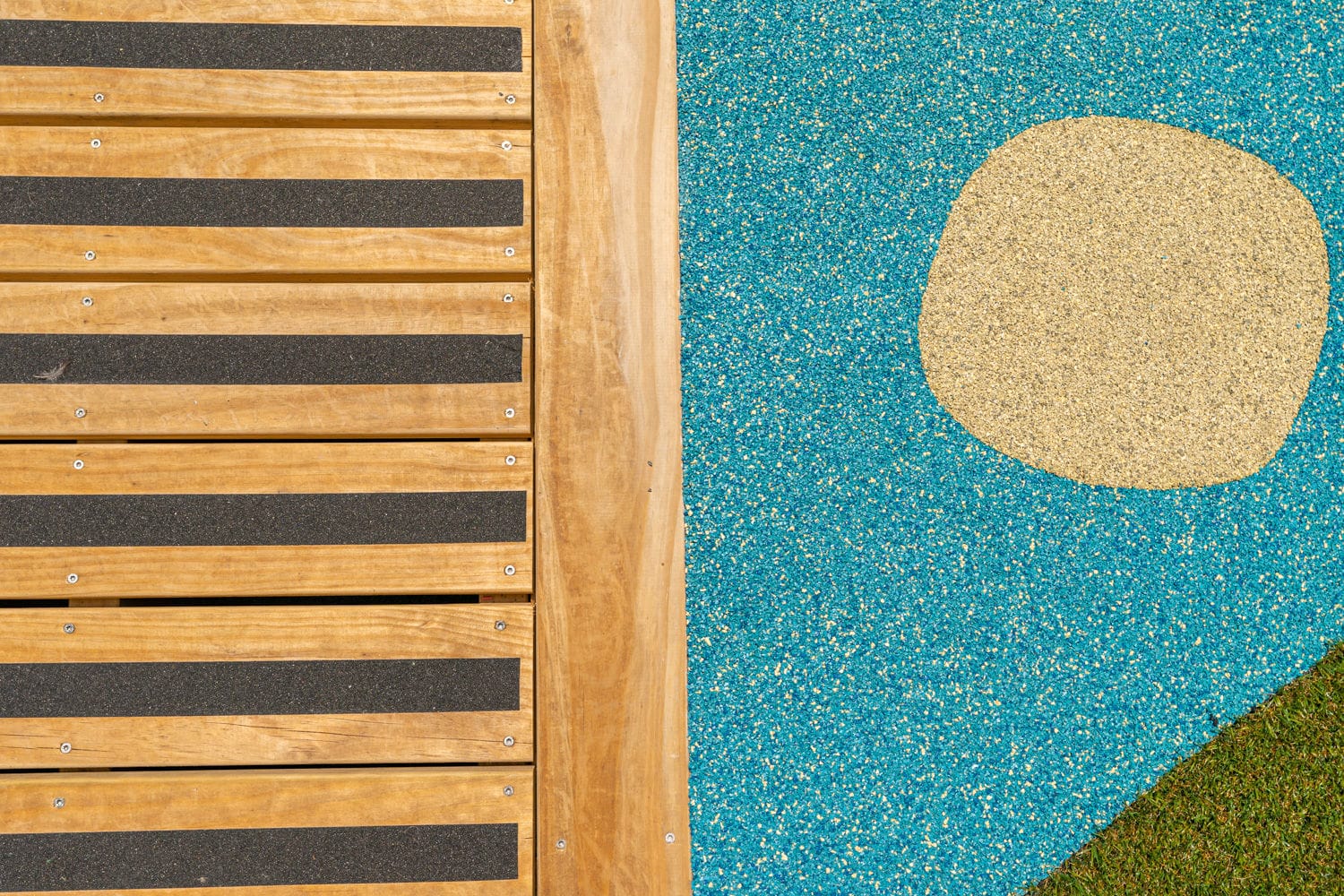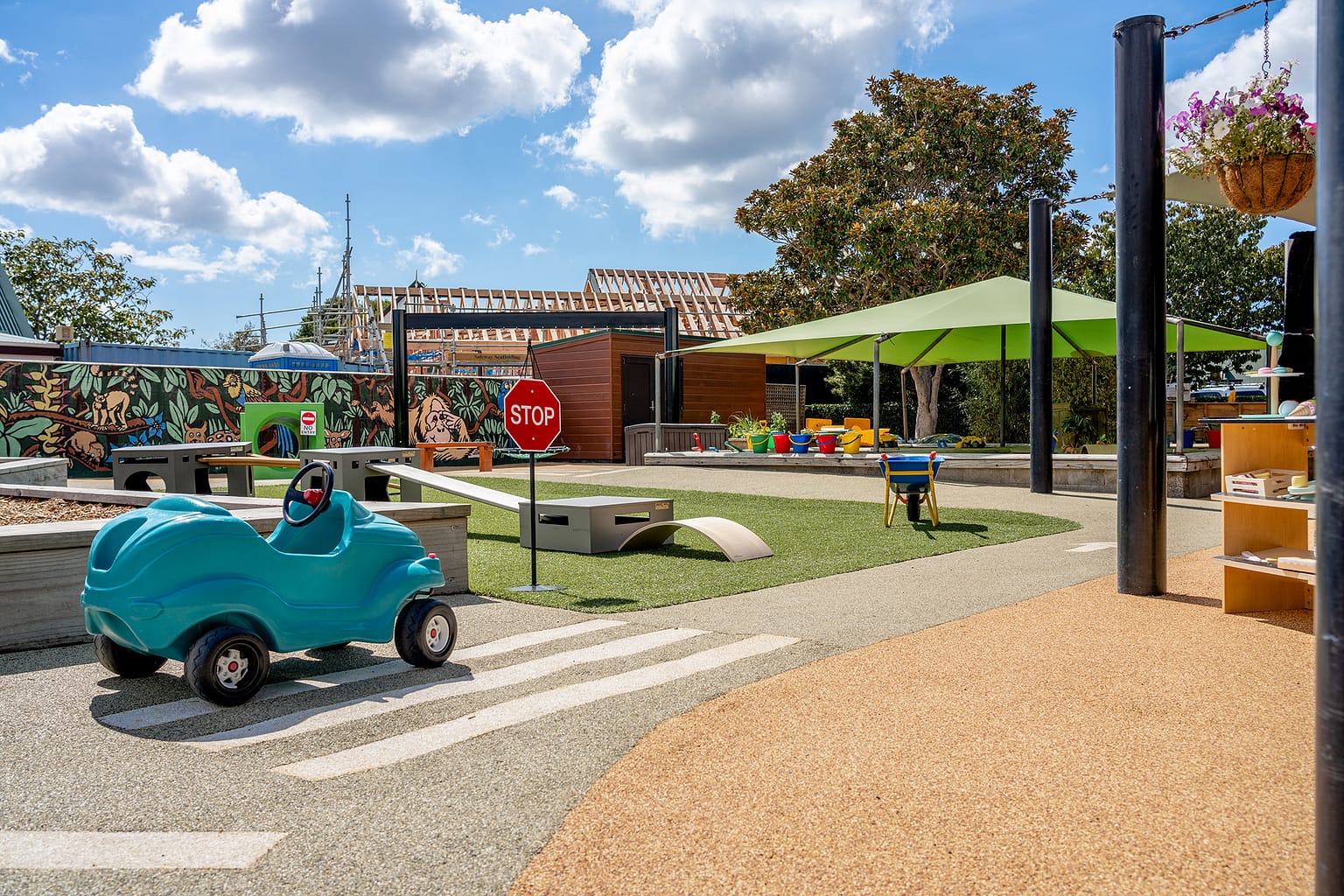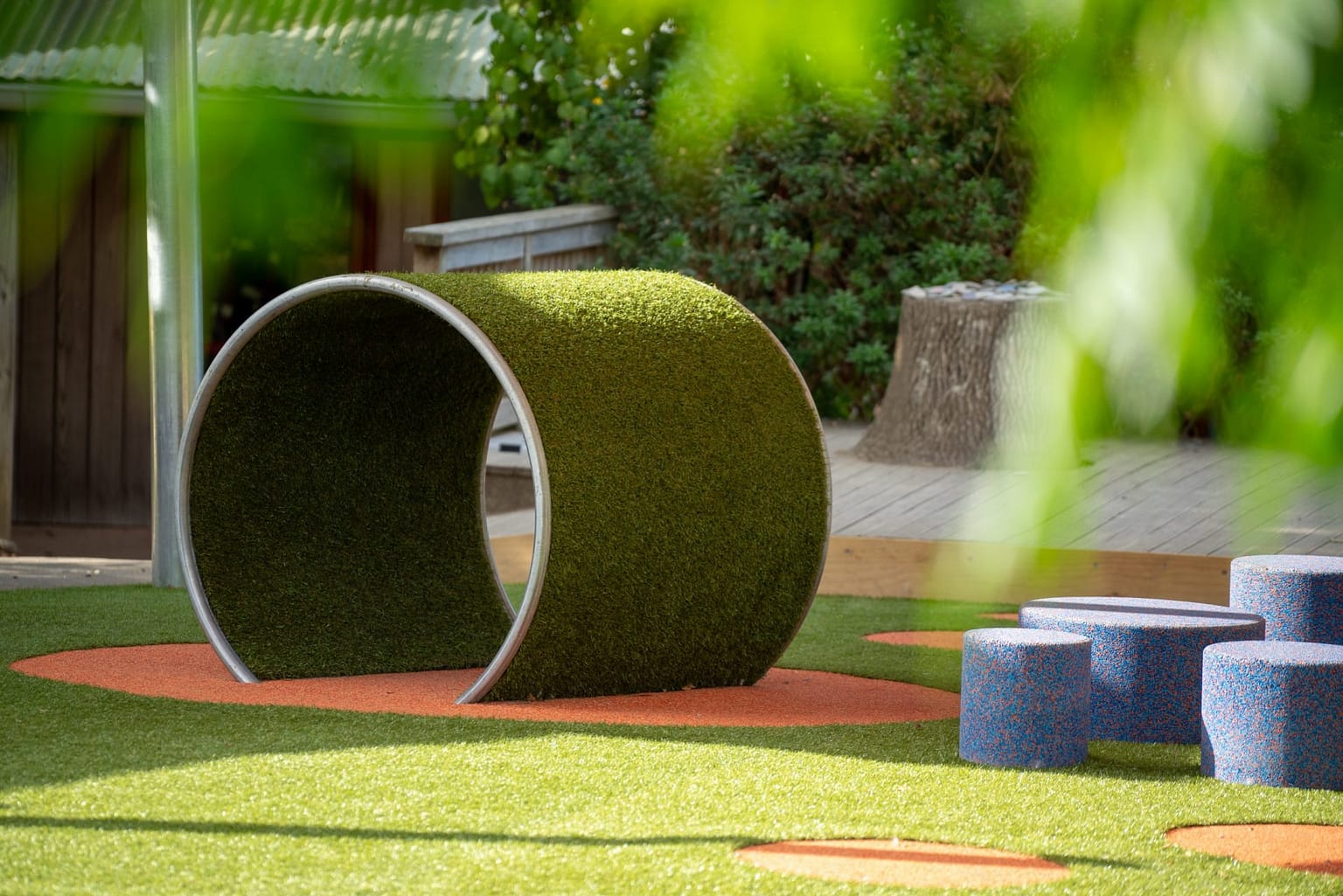Childcare is a space for children to learn, grow, and, of course, have fun. Choosing your childcare playground surface is one of the steps to ensure the space is excellent.
If you’re looking at an upgrade, you’re in the right place. From traditional to modern options, we’ll guide you through the many options, ensuring your space is fun, safe, and functional.
Factors to Consider When Choosing Surfaces for Childcare
- Safety: The well-being of the children is extremely important. Surfaces like wet pour rubber are designed with slip-resistant properties, cushioning for falls, and are made from non-toxic materials.
- Hygiene: A clean play area is a healthy play area. While natural surfaces have their appeal, they can be challenging to maintain. Opt for surfaces that resist dirt and are easy to clean.
- Durability: Children are energetic! Ensure your chosen surface can withstand their endless energy and frequent use.
- Aesthetics: A playground should be a feast for the eyes. Choose colours and textures that captivate young minds.
- Cost: Investing in quality now can save costs in the long run. However, always aim for a balance between quality and budget.

Indoor Play Areas
Safety is essential when it comes to playground equipment. New Zealand standards, like any other, change over time. If your playground equipment has been around for a while, it might not align with the latest safety guidelines.
You will need careful evaluation of your equipment against current standards. Sometimes, this might mean making significant modifications or, in rare cases, deciding that it’s best not to reuse a particular piece due to compliance issues.
Outdoor Play Areas
- Grass: The feeling of natural grass is undeniable. However, it requires regular maintenance and can be a haven for insects. Its suitability depends on the nature of your childcare space.
- Poured Rubber: This surface is a canvas for creativity. From vibrant animals to educational numbers, it adds immense play value. It’s safe, inclusive, and while it’s an initial investment, its longevity and minimal maintenance make it a top choice. It’s also versatile, perfect for mounds and uneven terrains.
- Artificial Turf: A more budget-friendly alternative to grass and poured rubber. It’s clean, low-maintenance, and offers a consistent look year-round. However, integrating it with natural features can be challenging and doesn’t provide the same safety cushioning as poured rubber.
- PermaPlay: The best of both worlds. It combines the safety cushioning of recycled rubber with the lush green appearance of grass, offering a natural look without compromising safety.
- Wood Chips or Mulch: They provide an earthy, natural feel to play areas. They’re cost-effective but come with challenges, such as potential splinters and the need for regular replenishment.
- Sand: Sandpits are playground staples, offering endless imaginative and sensory play opportunities. However, they can attract animals and might conceal hazardous objects. Regular maintenance and checks are crucial.
- Concrete: Often used for bike tracks and pathways, concrete is durable and easy to maintain. However, it’s imperative to have safety fall zones around concrete areas, which can limit available play space.
Final Thoughts
Your childcare space reflects your commitment to children’s growth and safety. Suitable surfacing can enhance play, safety, and learning, whether working in a cozy corner or a sprawling area.
Mix and match surfaces to create diverse play zones and prioritize safety, hygiene, and aesthetics. After all, a well-thought-out playground is where memories are made, and dreams are born.
Read our portfolio below if you want to know more and get inspired. Or if you are ready to decide, call us on 0800 000 334 or book a site visit.





